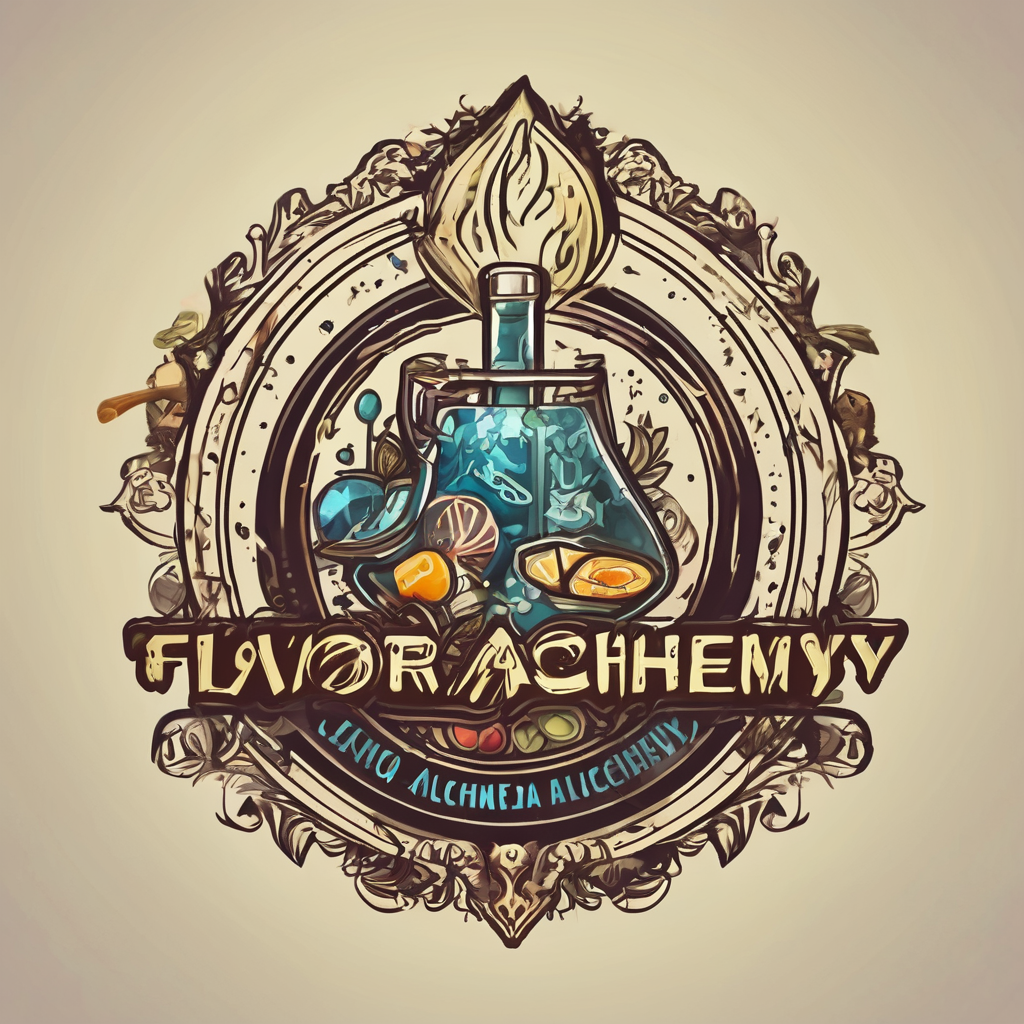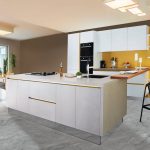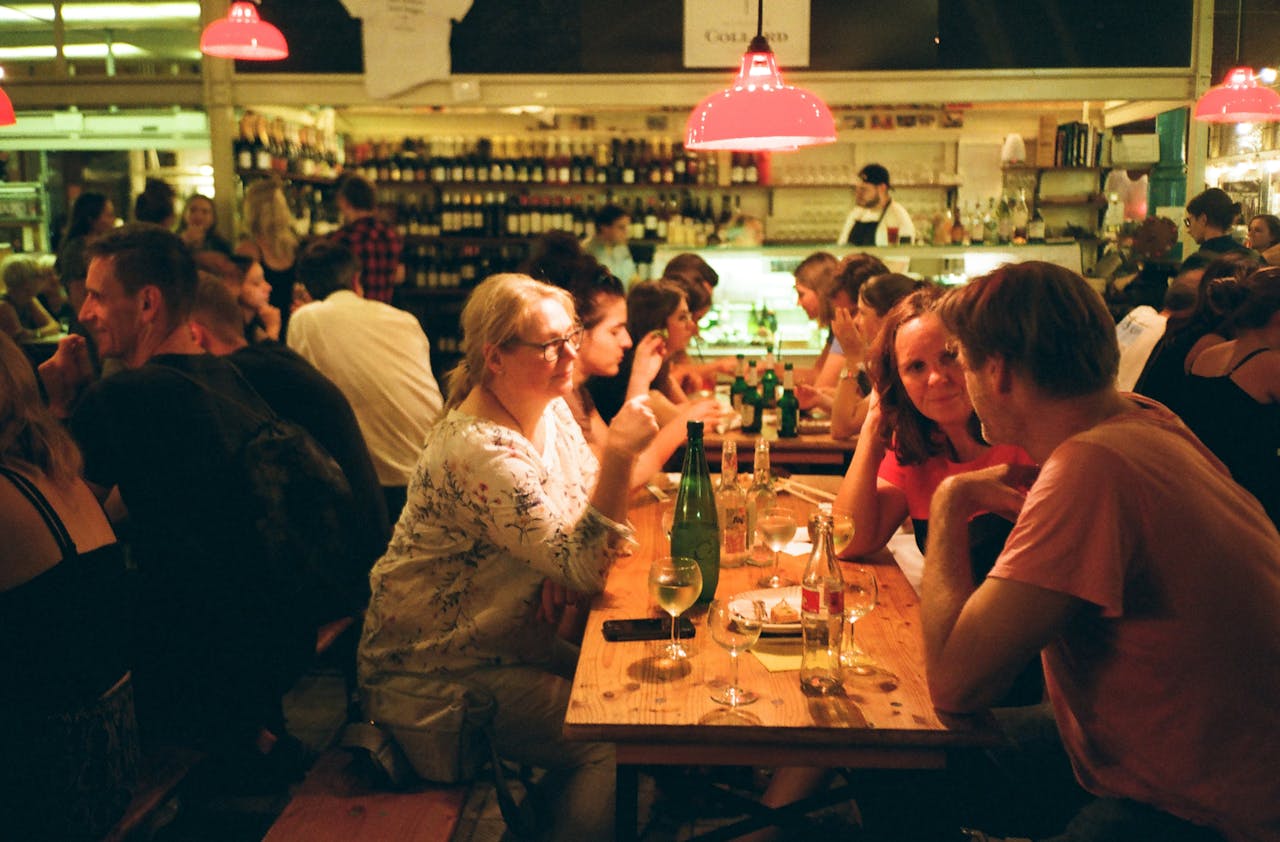Creating a memorable dining experience involves more than just serving delicious food. Every aspect of a restaurant’s design plays a crucial role in shaping the customer’s experience, and among these, lighting often gets overlooked. However, lighting does so much more than just illuminating a room. It can set the mood, highlight your restaurant’s best features, and even influence how your customers perceive the food they are served. Lighting is indeed a powerful tool in creating an ambiance that makes your guests want to linger and return.
The Role of Lighting on the Dining Experience
First impressions matter and lighting plays a significant part in crafting that initial impact. When customers walk into your restaurant, the lighting is one of the first things they notice. It can communicate the type of dining experience they can anticipate. A softly lit space might suggest a more intimate, relaxed dining experience, while brighter lights could signal a more lively, energetic atmosphere.
Topic to read : What steps should you take to secure a liquor license for a new pub in London?
Strategic lighting can also enhance the aesthetic appeal of your restaurant. It can showcase architectural features, draw attention to artwork, or create visual interest with patterns and shadows. In addition, lighting can create different zones within a restaurant. For example, dimmer lights in the dining area can create a sense of intimacy, while brighter lights in the bar area can encourage a more social atmosphere.
Moreover, lighting can influence the appearance and even the taste of food. Different types of lights can bring out the colors in food and make it look more appetizing. Research has also shown that lighting can impact how we perceive taste, with softer lighting often associated with more enjoyable and flavorful food.
Also to see : How can you maintain consistent food quality during peak hours in a busy diner?
Designing a Lighting Plan for Your Restaurant
Designing an effective lighting plan requires considering your restaurant’s theme, design, and the type of dining experience you want to create. A good lighting plan is balanced, combining different types of lights to achieve a desired effect.
Ambient lighting, generally provided by ceiling fixtures, sets the overall light level in your restaurant. It should be neither too glaring, which can be harsh and uncomfortable for guests, nor too dim, which can make navigation difficult and food unappetizing.
Task lighting is used in areas where specific tasks are performed. This includes the kitchen, where safety is paramount, and areas like the host stand or reading areas in the menu.
Accent lighting is used to highlight specific features or areas within your restaurant, such as artwork, architectural details, or a beautifully plated dish.
Finally, decorative lighting contributes to the overall decor and theme of the restaurant. This could include chandeliers, pendant lights, wall sconces, or themed fixtures that add character to your space.
Creating Atmosphere with Lighting
With an understanding of the different types of lighting, you can start creating the desired atmosphere for your restaurant. For a casual dining restaurant, the goal is usually to create a warm and welcoming environment that encourages customers to relax and enjoy their meal.
Consider using dimmable lights, which allow you to adjust the light level depending on the time of day or the mood you want to create. During daylight hours, natural light can be utilized to create a lively and refreshing atmosphere. As the evening sets in, gradually dimming the lights can create a cozier and more intimate setting.
Color temperature is an important aspect to consider. Lights with a warmer color temperature can create a comfortable and cozy environment, while cooler lights project a more modern and energetic vibe.
Remember, the goal of restaurant lighting is not just about visibility, but to create an experience. A well-lit meal can look more appetizing, a well-lit table can feel more welcoming, and a well-lit restaurant can provide a memorable dining experience that keeps customers coming back.
Lighting and Its Effects on Behavior
Lighting can also influence customer behavior and, consequently, your restaurant’s bottom line. Studies have shown that customers tend to stay longer and order more in restaurants with softer, warmer lighting. This is because such lighting makes the environment feel more relaxing and enjoyable, encouraging customers to linger.
In contrast, brighter lighting might encourage faster turnover, which could be beneficial during peak dining hours. However, it’s important to strike a balance – overly bright lighting can feel harsh and make customers feel rushed.
Lighting can also influence the perceived value of food. A well-lit dish can look more appealing, which can make customers perceive it as tastier and worth a higher price. Thus, using lighting to enhance food presentation can be an effective way to boost the perceived value of your menu items.
The Importance of Professional Lighting Design
Professional lighting designers can bring valuable expertise to the process of creating an effective lighting plan. They understand how to use light to create different moods, highlight architectural elements, and showcase food in the most appealing way.
A professional will consider aspects such as the color, intensity, and direction of light, and how these factors interact with each other and with the restaurant’s interior. They can also assist in choosing fixtures that complement the restaurant’s decor and theme, and in positioning these fixtures for optimal effect.
Furthermore, energy efficiency is a crucial factor to consider in restaurant lighting design. A professional can guide you in choosing energy-efficient fixtures and bulbs, which can yield significant cost savings in the long run.
In conclusion, while often overlooked, lighting is a vital component of a restaurant’s design and can greatly influence the dining experience. By understanding the impact of lighting and implementing a thoughtful lighting plan, you can enhance your restaurant’s atmosphere, create memorable experiences for your guests, and ultimately, boost your business’s success.
The Impact of Different Types of Lighting in Restaurants
In the vast realm of restaurant interior design, lighting plays an integral role in setting the mood for diners and enhancing their overall experience. Various types of lighting, such as ambient lighting, task lighting, accent lighting, and decorative lighting, all contribute to shaping the atmosphere of a dining room.
Ambient lighting, typically emitted by overhead fixtures or recessed lights, provides a restaurant’s general illumination. It sets the baseline brightness level, but should neither be too harsh that it strains eyes nor too dim that it impedes visibility.
Task lighting, as the name implies, is meant for areas where specific tasks are performed. For instance, in the kitchen, brighter, more focused lights are required for safety and efficiency. At the bar, under-counter lights can showcase the wide variety of beverages on offer. At the host stand, a spotlight can highlight the menu, making it easy for guests to read.
Thirdly, accent lighting serves to draw attention to certain elements within the restaurant. Track lighting or spotlights highlighting artwork on the walls, architectural features, or a freshly prepared dish are classic examples. This type of lighting helps to break the monotony and adds depth to the restaurant’s interior design.
Lastly, decorative lighting, such as pendant lights or chandeliers, not only illuminates but also enhances the thematic aesthetic of the restaurant. These fixtures can echo the restaurant’s theme and ethos, adding to the restaurant’s character.
Lighting Ideas to Craft an Inviting Restaurant Environment
Creating a warm and inviting atmosphere in a casual dining restaurant is key to making customers feel relaxed, comfortable, and eager to return. A well-designed lighting plan can set the right tone and mood while also enhancing the visual appeal of the food itself.
One brilliant lighting idea is using dimmable lights. These lights enable you to alter the intensity according to the time of day or mood you wish to evoke. During daylight hours, for example, allowing plenty of natural light to flood in can cultivate a vibrant, energized ambiance. As evening approaches, dimming the lights can create a cozy, intimate atmosphere.
The color temperature of the lights also plays a significant role in mood setting. Warmer lights tend to produce a homely, inviting ambiance, perfect for casual dining restaurants. On the other hand, cooler lights can project a more modern, energetic vibe, better suited for fast-paced or contemporary venues.
In addition, using a mixture of different light sources can create layers and depth, adding to the overall aesthetic appeal of the dining room. For instance, a combination of pendant lights, table lamps, wall sconces, and candlelight can build a delightful, nuanced lighting scene.
In conclusion, the importance of lighting in creating the mood in a casual dining restaurant cannot be overstated. A thoughtful and well-executed lighting design can enhance every aspect of the dining experience, from the food’s appearance to the comfort and enjoyment of the guests. By integrating various types of lighting and smart lighting ideas, restaurant owners can dramatically elevate their restaurant’s atmosphere, improve customer satisfaction, and ultimately, boost business success.






